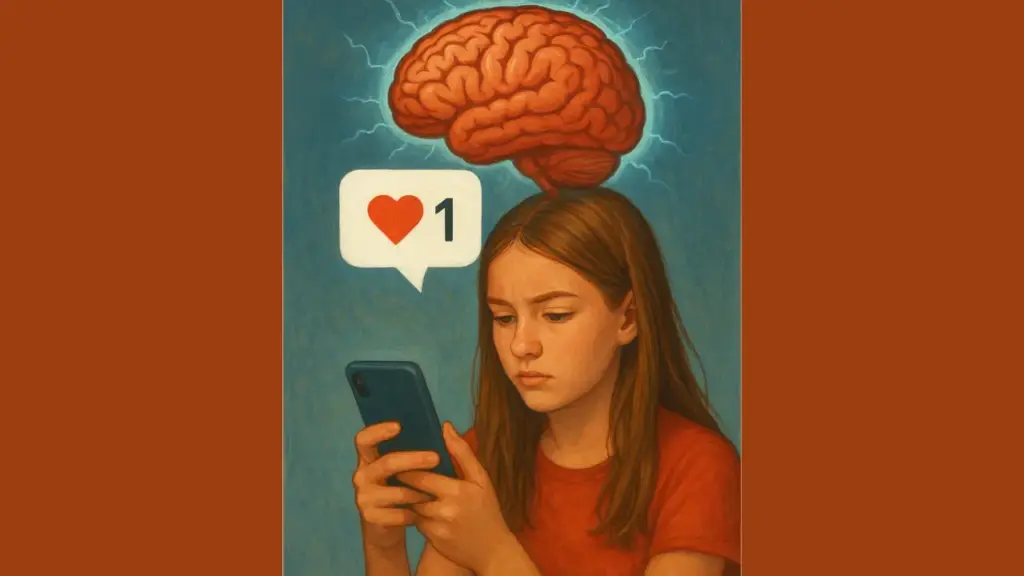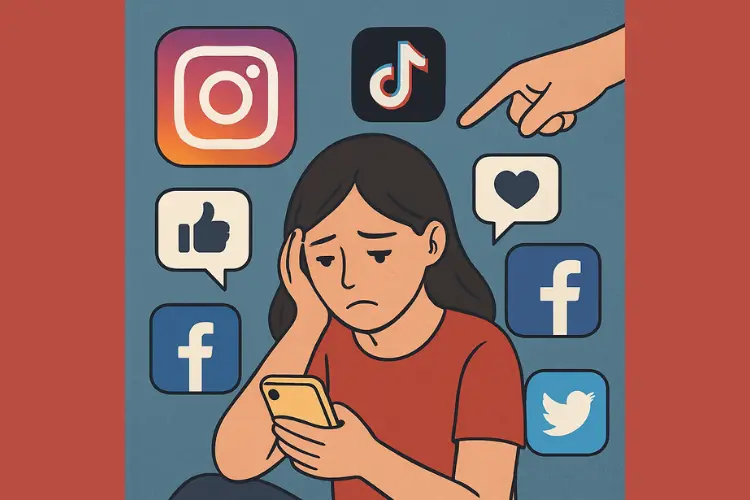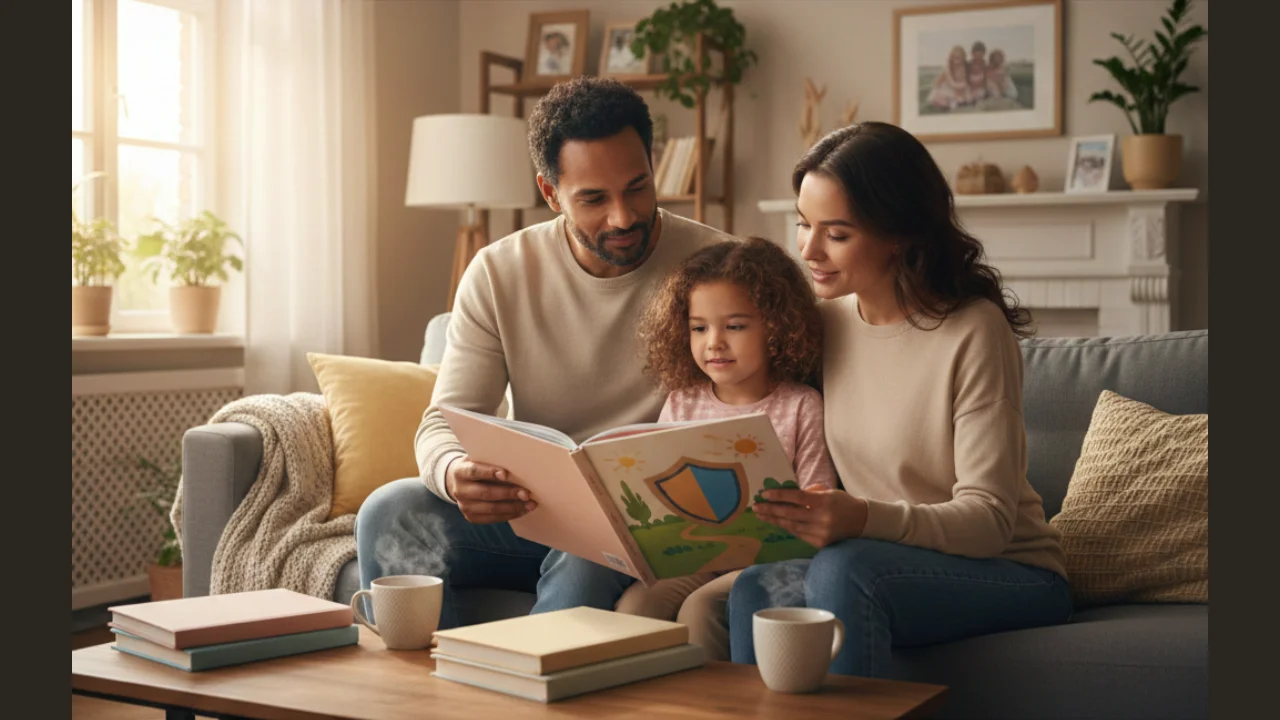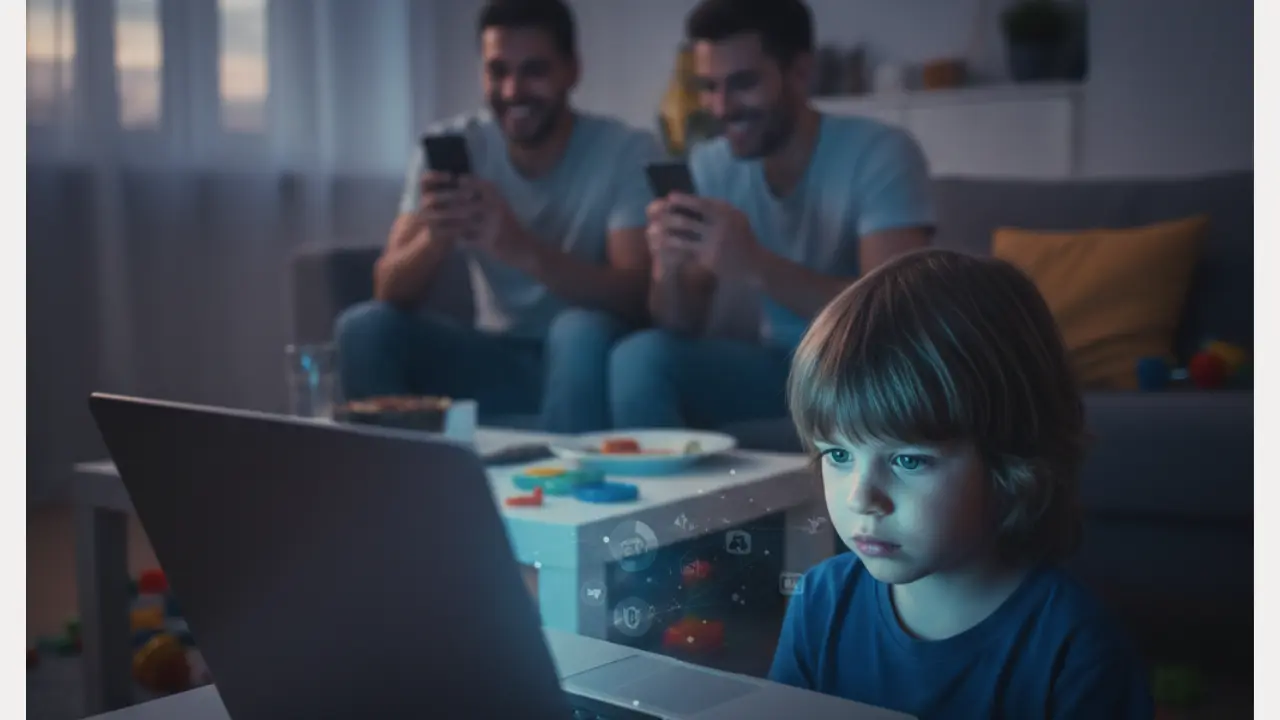1. Introduction
Social media has moved far beyond casual photo sharing. For today’s teenagers, platforms like Instagram, TikTok, and Snapchat are stages where likes, comments, and shares define status. Approval from peers is no longer a subtle nod or a passing compliment—it’s a visible number, updated in real time. This visibility can motivate creativity, but it can also change how teens think and feel. The craving for online validation can subtly influence decision-making, sometimes in risky ways. A study in Psychological Science shows just how deeply this influence reaches—right down to measurable changes in the brain. For parents, educators, and teens themselves, understanding these effects is vital. The way a teen reacts to a “like” isn’t just about ego—it’s a neurological event with real consequences.2. The Study at a Glance
Researchers set out to answer a clear question: How do social media likes impact the teenage brain?
They recruited 32 teenagers and asked them to browse 148 photographs on a platform that mimicked real social media. Out of these, 40 images were ones the teens had personally submitted.
Here’s the twist: the likes were fake. The researchers assigned high or low like counts to each image at random. This way, they could measure influence without real peer reactions.
While teens scrolled through their feeds, MRI scans tracked brain activity. This allowed researchers to see exactly which brain areas activated when a post received high engagement.
The setup recreated the feeling of real-life scrolling and helped reveal the link between peer approval and brain function—moment by moment.
3. Key Findings
3.1 Peer Influence in Action
The study confirmed what many parents already suspect—teens follow the crowd.
Participants were far more likely to like a photo if it already had many likes. This happened regardless of the content. Whether the image showed a harmless scene or risky behavior, high engagement encouraged approval.
Risky images included photos of drinking, smoking, or wearing provocative clothing. Even in these cases, the high like count acted as a social endorsement, nudging teens toward approval.
The result? Peer influence often overpowered personal judgment.
3.2 Brain Activity and Rewards
The MRI scans revealed what was happening under the surface. When teens saw photos—especially their own—with high likes, the brain’s reward centers lit up.
These included regions tied to:
- Reward processing – reinforcing pleasurable experiences.
- Social cognition – interpreting and responding to social cues.
- Imitation – copying observed behavior.
- Attention – focusing on what’s deemed important.
This activity created a powerful feedback loop. High likes triggered feelings of reward and validation, making teens want to repeat whatever got them that response.
3.3 Reduced Inhibition and Control
The study also revealed a concerning neurological pattern.
When teens viewed risky photos, the brain areas responsible for inhibition and cognitive control became less active.
- Inhibition response helps resist impulses.
- Cognitive control guides decision-making and helps avoid harmful actions.
With these systems subdued, teens became more likely to approve risky behavior—and potentially mimic it in real life.
4. The Risks of Social Media Peer Pressure
Peer influence is nothing new. Teens have always looked to friends for guidance on style, music, or behavior.
But social media has amplified it.
In the past, peer pressure happened face-to-face in small groups. Now it’s constant, global, and quantified. Likes have become a form of social currency, instantly signaling what’s considered “cool” or “acceptable.”
The danger lies in the glamorization of risky actions. When unhealthy habits like substance abuse are framed as fun or attractive online, they can become normalized. Over time, this can erode the ability to make safe, independent choices.
5. The “High” from Social Media
The study also sheds light on why social media can feel addictive.
When a teen posts a photo and receives likes, the brain releases dopamine—a chemical tied to pleasure and reward.
The cycle works like this:
- Post a photo.
- Get likes.
- Brain releases dopamine.
- Teen feels good and validated.
- Brain craves more of the same feeling.
This loop can make it hard to log off. Posting, checking likes, and scrolling become habits fueled by the brain’s reward system. Over time, this can develop into compulsive use, much like other addictive behaviors.
6. How Parents Can Help
Social media isn’t inherently harmful. It can inspire creativity, build connections, and support self-expression. The challenge lies in maintaining balance. Parents can help teens navigate online spaces with healthy habits.
6.1 Monitor Online Associations
Know who your teen follows and interacts with. Encourage them to follow positive role models, educational accounts, and uplifting communities.
6.2 Talk About Risky Behaviors
Discuss the difference between online portrayals and real-life consequences. Explain how glamorized risky behaviors can influence decision-making.
6.3 Encourage Offline Activities
Help your teen develop a fulfilling life beyond screens. Sports, art, volunteering, and in-person friendships can give them a strong sense of identity and purpose.
6.4 Teach Critical Thinking
Encourage them to question why certain content gains attention. Is it valuable, or is it just shocking? This helps teens separate quality content from harmful trends.
6.5 Lead by Example
Model healthy social media habits yourself. Show that it’s possible to enjoy online life without being consumed by it.
7. Conclusion
This research proves that social media likes are more than numbers on a screen. They can trigger brain responses that influence mood, attention, and decision-making. When combined with risky content, peer approval can weaken judgment and promote imitation.
For parents, awareness is the first defense. By guiding teens toward positive influences, encouraging offline connections, and promoting critical thinking, you can help them build resilience in the digital world.
Technology can be a tool for growth, but it works best with boundaries. Using solutions like CleanRouter can help filter harmful content, set healthy screen limits, and promote safer online habits—while still letting teens enjoy the benefits of staying connected.





